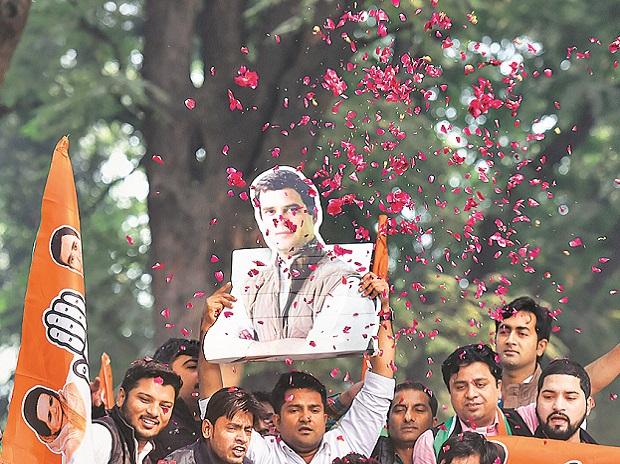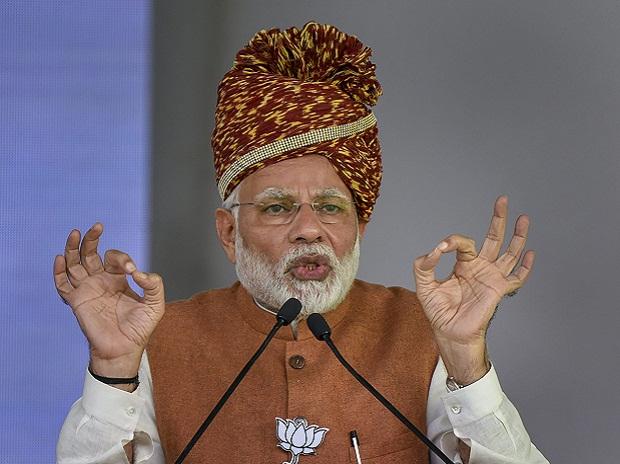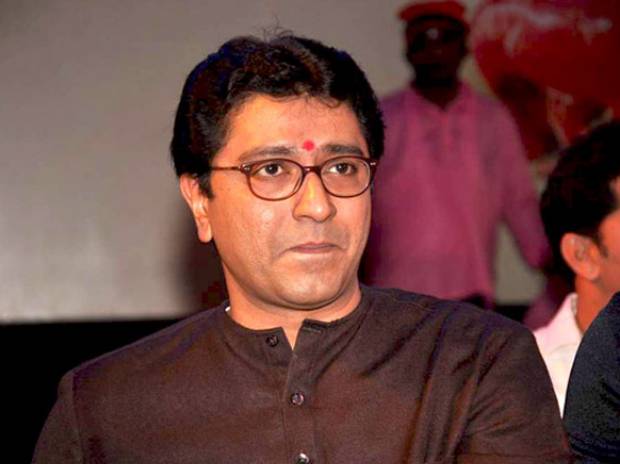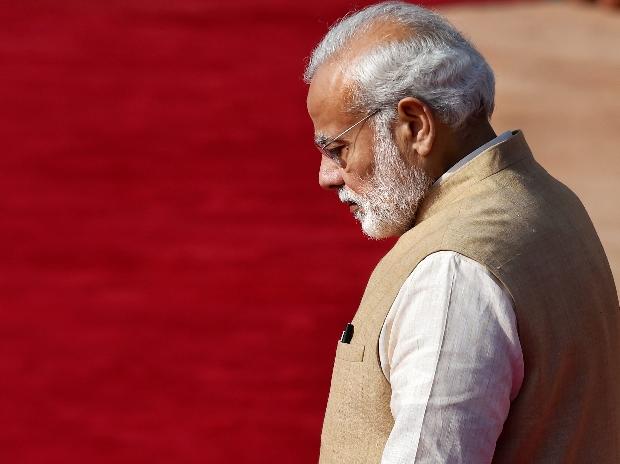With yesterday’s election performance, the Congress now has a government or is part of the government in five states–Punjab, Karnataka, MP, Rajasthan and Chhattisgarh.
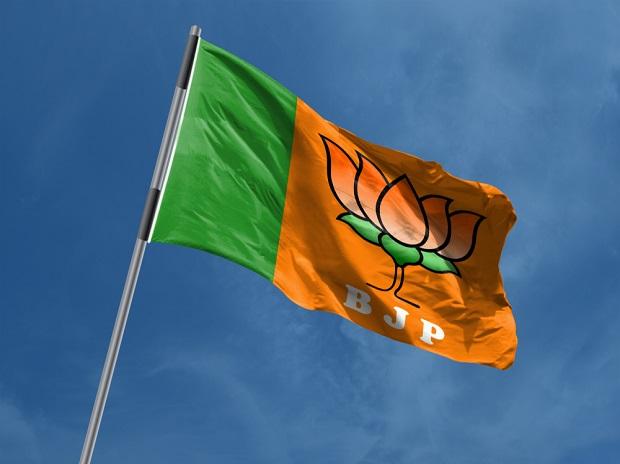
With the Bharatiya Janata Party (BJP) losing power in three Hindi-heartland states–Madhya Pradesh (MP), Rajasthan and Chhattisgarh–the population under BJP rule has dropped by 254 million, from nearly 888 million (71% of India’s population) in 2017 to nearly 634 million (51% of the population) in December 2018.
The BJP now has a government–or is part of the government–in 16 states, up from seven states in May 24, 2014, when the party came to power at the Centre: Arunachal Pradesh, Assam, Bihar, Goa, Gujarat, Haryana, Himachal Pradesh, Jharkhand, Maharashtra, Manipur, Meghalaya, Nagaland, Tripura, Sikkim, Uttarakhand and Uttar Pradesh.
At its peak, the BJP had governments (or was part of the government) in 21 states.
With yesterday’s election performance, the Congress now has a government or is part of the government in five states–Punjab, Karnataka, MP, Rajasthan and Chhattisgarh–with 21% of the population, up from.two states with 7% population in 2017.
The Congress lost elections in Mizoram, where the Mizo National Front won 26 seats in a 40-member assembly. In Telangana, the incumbent Telangana Rashtra Samithi was voted back to power with 88 seats in the 119-member assembly.
Other parties are in power in seven states–Andhra Pradesh, Kerala, Odisha, Mizoram, Telangana, Tamil Nadu and West Bengal. Jammu & Kashmir is under Governor’s rule.
Of 678 seats in MP, Rajasthan, Chhattisgarh, Telangana and Mizoram–which account for a sixth or 15.2% of India’s population–the Congress won 305 seats, and the BJP won 199 seats, Election Commission data show.
The BJP lost 180 seats that it won in 2013, and the Congress gained 162 across three state assemblies–Rajasthan, MP and Chhattisgarh–as results were declared on December 11, 2018, according to an IndiaSpend analysis of electoral data, as we reported on December 12, 2018.
In 2013, the BJP won 377 seats and the Congress 118 in the three Hindi-heartland states. The BJP had no seats in Mizoram in 2013, and this was the first election for Telangana, which was created in 2014.
This means the BJP lost 48% seats it won in 2013, and the Congress gained 137%, we reported.
In MP, the vote shares of the BJP and the Congress were 41% and 40.9%, respectively. In 2013, the comparable vote shares were 45% and 36%, we reported on December 12, 2018.

